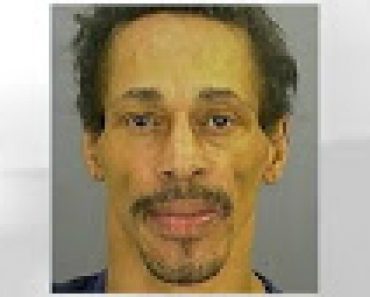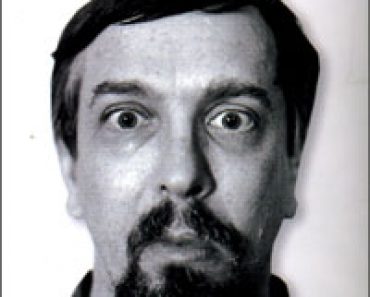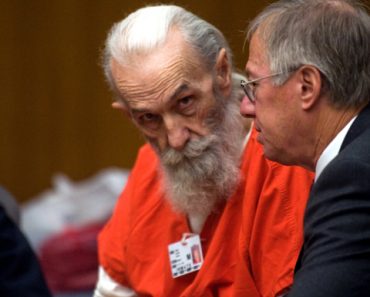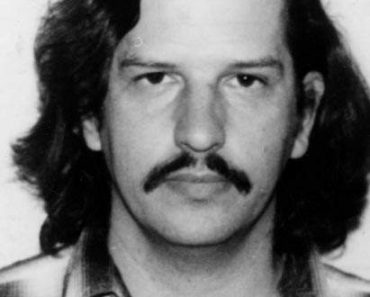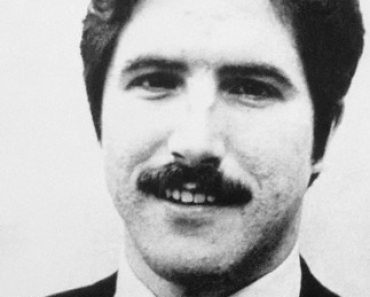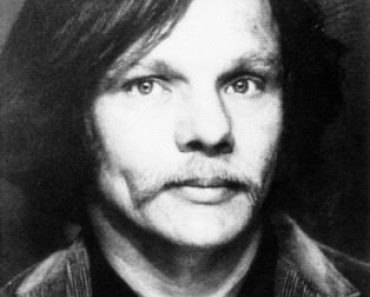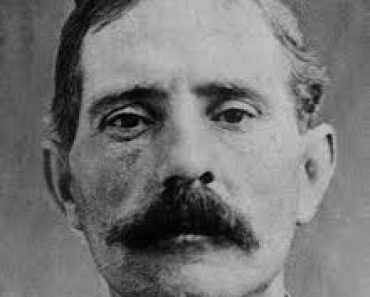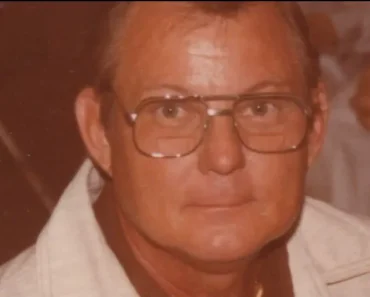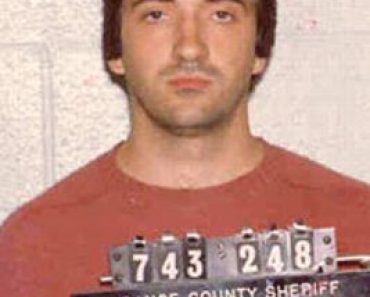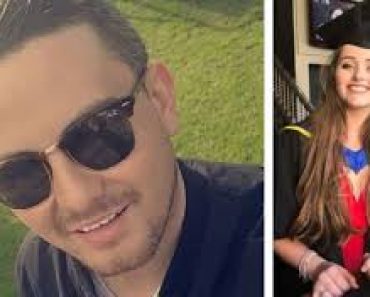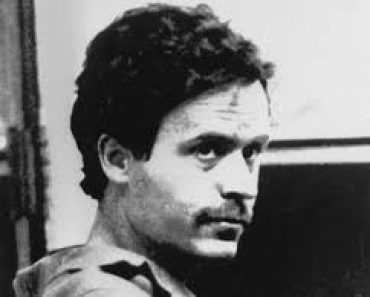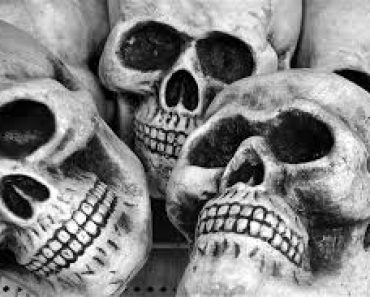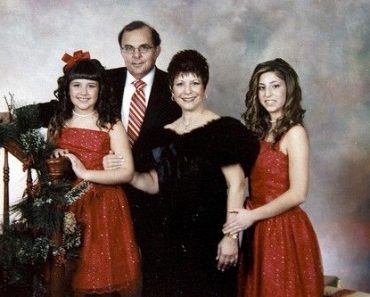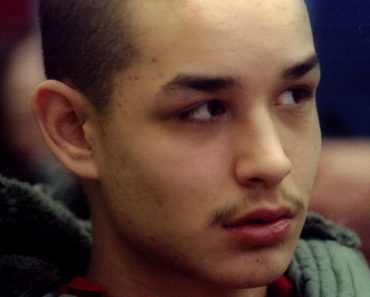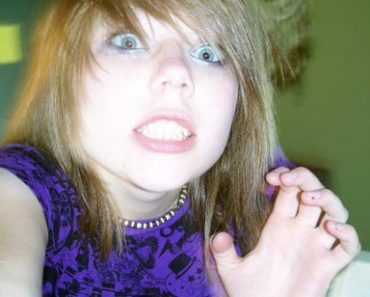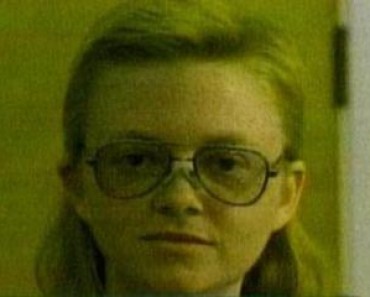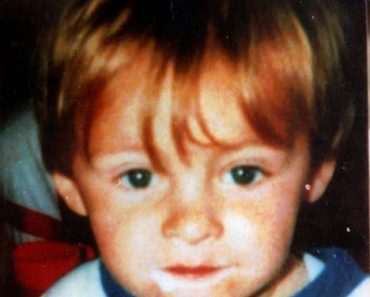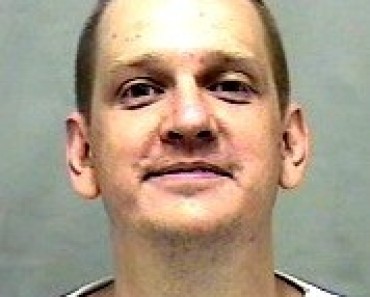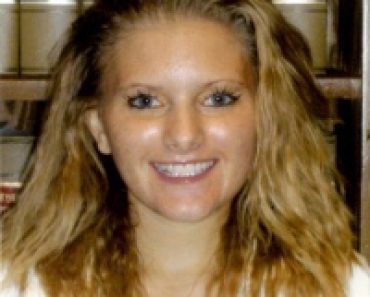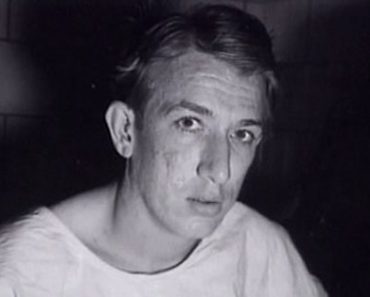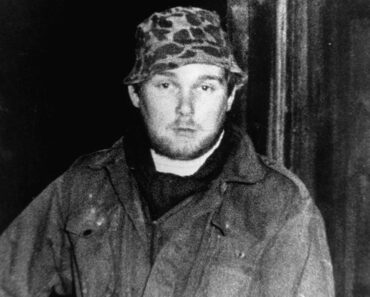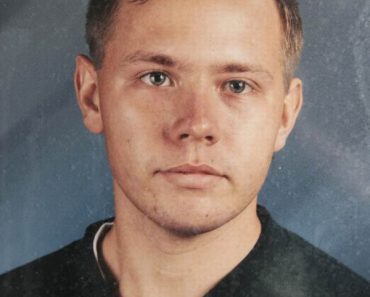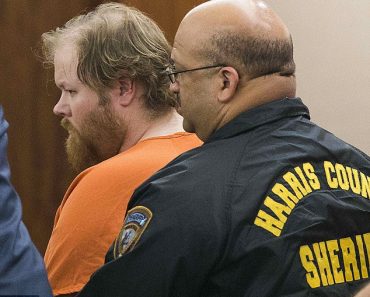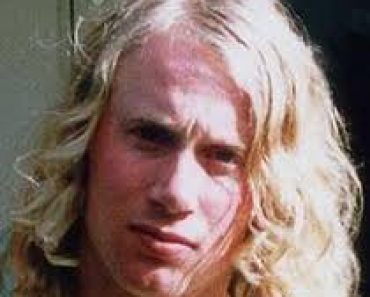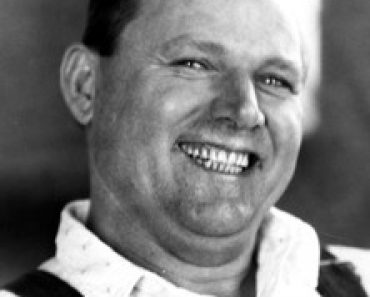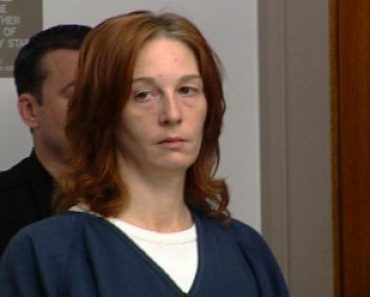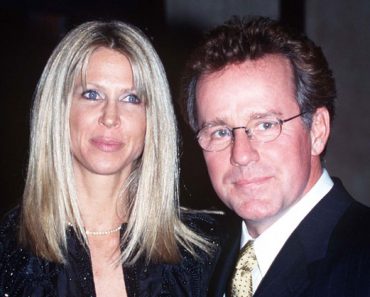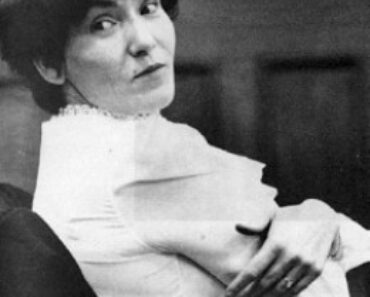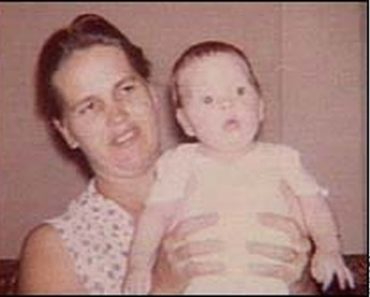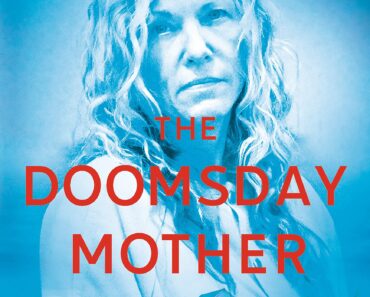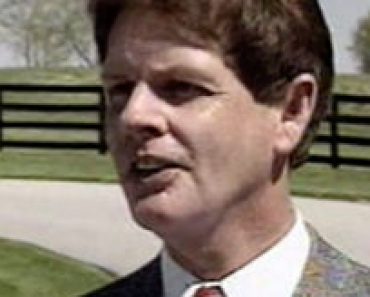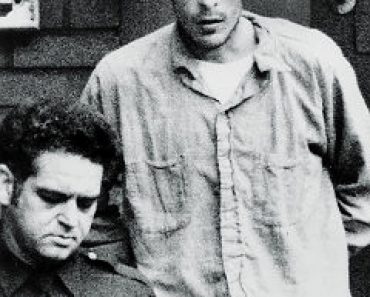Bevan Spencer von Einem / Australian Serial Killer
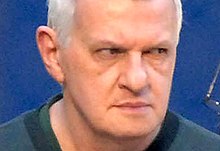
Bevan Von Einem
Born: 05-29-1946
The Family Murders
Australian Seial Killer
Crime Spree: 1979–1983
Incarcerated at the Port Augusta Prison
Bevan Spencer Von Einem is a convicted child murderer and suspected serial killer from Adelaide, South Australia. An accountant by profession, he was convicted in 1984 for the murder of a 15-year-old Adelaide teenager named Richard Kelvin. Bevan Von Einem is now serving life imprisonment at the Port Augusta Prison.
The First Murder of Bevan Von Einem
Richard Dallas Kelvin was the 15 year old son of Rob Kelvin, a long-time television news personality. Kelvin was murdered by Bevan Von Einem on or around July 10, 1983 in Adelaide, South Australia. Bevan had abducted, held captive, sexually abused, drugged and tortured the teenager for five weeks.
At approximately 6:15pm on June 5, 1983, Von Einem abducted Kelvin near the intersection of Margaret Street & Peppertree Lane, North Adelaide, just 60 metres from boy’s home.
Kelvin had parted ways with a friend at a nearby bus stop after having spent the afternoon playing football in a nearby park. He was headed home for dinner. A witness, a security guard living on Margaret Street, had heard cries for help, car doors slamming and a car with a noisy exhaust speeding away. Kelvin also had a dog collar in his possession which may have attracted Von Einem’s attention.
The Search for Kelvin
Despite a massive search by police, extensive media coverage that included a full page missing person poster on June 28th, a $5,000 reward offered by the State Government two days after his disappearance and numerous possible sightings provided by the public in the weeks after, Kelvin’s whereabouts were unknown until his clothed body was found seven weeks later by a geologist searching for moss rocks with his family on July 24, 1983 alongside a dirt airstrip near One Tree Hill in the Adelaide Hills area (close to where relatives of Bevan Von Einem lived).
Little effort was put into concealing Kelvin’s body. He was found wearing the same clothes he had on the day of his abduction, together with the dog collar fitted around his neck. His body had been washed prior to being re-dressed and was found placed in the fetal position, his arms wrapped around his updrawn legs. This made police suspect that Kelvin had been dumped by a single person, most likely after nightfall.
The Autopsy
The autopsy revealed that Richard Kelvin had most likely died from massive blood loss from an anal injury, probably caused by the insertion of a blunt object with a tapered neck, such as a beer bottle. He had suffered severe bruising and injuries from blows to his head, the left side of his back and right buttock, as well as a fractured front tooth. Analysis of Kelvin’s bloodstream revealed traces of alcohol and five hypnotic drugs.
One of the drugs found in Richard’s body was Mandrax. Mandrax was being regulated by the Central Board of Health in 1978 and police began sifting through prescriptions for that drug in particular. During their search they found a prescription for Mandrax issued to a ‘B. Von Einem’, a name familiar to police as he had been questioned previously over the deaths of three young men and the alleged sexual assault of another.
Four days after Richard Kelvin’s body was discovered, Benan Von Einem was questioned by the police about the murder. He initially claimed that he had not seen Kelvin and had no knowledge of his whereabouts. He stated that on the night of abduction he had been in bed with the flu and was off work for the next week.
Police also searched his home in the northern Adelaide and seized a bottle of Mandrax. Von Einem admitted that the drugs were his and said that he used them to help him sleep. He denied having any other drugs in his possession, but police also seized a bottle of Noctec, another drug found in Richard’s body, concealed on a ledge behind his wardrobe. Von Einem willingly surrendered hair and blood samples, as well as carpet and other materials for testing.
article continued below
prime video | start your free trial today
Watch All Your Favorites and A Few You Don’t Want To Miss
This site contains affiliate links. We may, at no cost to you, receive a commission for purchases made through these links
article continued below
Mounting Evidence
A case against Bevan Von Einem began to mount up. Forensic investigators were able to match the many fibres found on Richard Kelvin’s clothing to those taken from Von Einem’s home, along with hairs found which matched those belonging to him.
Forensics also determined that Kelvin was murdered between July 8 and 11, 1983 and was dumped at the airstrip no later than the 11th.
Police also searched for a man who had previously claimed to police, during the investigation of the unsolved murder of Alan Barnes (one of the victims of the Family Murders) in 1979 that Bevan Von Einem had been involved in his death and also that he was a former associate of Von Einem.
Barnes’s fatal injuries mirrored those of Richard Kelvin. The man, known only as “Mr. B”, was located and informed police in great detail how he and Von Einem had picked up young male hitchhikers, had given them alcoholic drinks laced with hypnotic drugs, had taken them to Von Einem’s previous home in the Adelaide suburb of Campbelltown. Once there, the young men had been abused overnight and released the next day.
“Mr B” also provided further information about other associates of Von Einem, but claimed he took no part in any murders. Police also questioned other people whom Von Einem had associated with, but they volunteered little information.
Bevan Von Einem Arrested
With enough evidence, along with the information given by “Mr B”, to indicate that Kelvin was at Von Einem’s home around the time of his death, police arrested and charged Bevan Von Einem with murder on November 3, 1983. Bevan Von Einem still denied ever coming into contact with Kelvin.
A hearing, to determine if there was sufficient evidence for Von Einem to stand trial, began on February 20, 1984. Faced with irrefutable evidence from prosecutors that Kelvin had been in his company, Von Einem suddenly changed his story and admitted that he had been in contact with Kelvin on the night of June 5, 1983.
Bevan stated that he was driving along O’Connell Street in North Adelaide looking for a parking spot in order to buy some fish and chips for dinner. While looking for a parking spot in a side street, Von Einem said that he had nearly run over Kelvin as he jogged in from his side. Von Einem stated he thought Kelvin had bisexual tendencies and said that the two of them then had a conversation about problems Kelvin had been having at school. Kelvin, according to Von Einem, willingly got into the car and they drove to Bevan’s home.
Bevan Von Einem’s Tale
This answered the question of how fibres from Von Einem’s carpet had got onto Kelvin’s clothes. To answer evidence about how fibres from Von Einem’s bed had come to be on Kelvin’s clothes, Bevan stated that the two of them had sat on his bed and played with the large gold harp which he kept in his bedroom.
Police previously did see this harp in his room when they seized the drugs. Finally, to answer evidence about how fibres from Von Einem’s cardigan had got onto Kelvin, Von Einem stated that he had put his arm around Kelvin and hugged him because Kelvin was upset about how his peers had been bullying him at school.
With all the fibres being accounted for with his new story, Von Einem concluded his statement by saying that Kelvin had stayed for two hours before Von Einem dropped him off in the Adelaide CBD near the Royal Adelaide Hospital and gave Kelvin $20 to pay for a taxi home.
Despite the intricate details of Von Einem’s alibi, and his version of events, his story had two huge problems. It completely contradicted his initial statement to his whereabouts on June 5, 1983, when he said he had been in bed with the flu. Furthermore, the quantity of fibres on Kelvin’s clothes was far too large to suggest that Kelvin was in his company for only two hours. Given these facts, on May 25, 1984, Magistrate Nick Manos ordered Bevan Von Einem to stand trial for the murder of Richard Dallas Kelvin.
article continued below
WickedWe Suggests:
article continued below
Bevan Von Einem Stands Trial
The trial against Bevan Von Einem for the murder of Richard Kelvin opened at the Supreme Court Building of South Australia on October 15, 1984 before Mr. Justice White. A jury of 12 people was selected and agreed upon. Von Einem pleaded not guilty.
Bevan’s defence was led by barrister Barry Jennings, who was assisted by Helena Jasinski, who had been Von Einem’s solicitor from the start of the police investigation of him in the murder during the previous year. The prosecution was led by Brian Martin QC, with assistance from Paul Rofe QC.
For the prosecution, it was a matter of proving Von Einem’s guilt by presenting the strong scientific evidence that had been gathered during the investigation and disproving Von Einem’s story of being in contact with Kelvin on the night of June 5, 1983. For the defence, it was a case of trying to make Von Einem’s story hold up in court, and raising doubts about his ability to keep Kelvin captive for five weeks and then committing the murder.
The prosecution opened their case with the jury being taken to the various sites around Adelaide that were important in the trial. They called various witnesses to the stand as well. Kelvin’s parents, girlfriend and best friend were called to testify that Kelvin was an average 15-year-old boy who would not willingly get into a car with a stranger, was heterosexual and had been wearing the dog collar as a joke for his friends.
People living close to the Kelvins then testified that they had heard noises and commotion corresponding to the abduction taking place around 6pm. Forensic pathologists were called to testify about the injuries to Kelvin’s head and anus, and the likely cause of his death. Pharmacists gave evidence of the excessive amount of different hypnotic drugs which Von Einem had been prescribed, and showed that Von Einem had often had prescriptions for drugs issued from three different chemists on the same day or during the same weeks. Various police officers who worked on the case testified to their investigation of Von Einem since they had first questioned him about the murder, as well as their visit to Von Einem’s home, where a police officer claimed that Von Einem’s bedroom appeared to have been cleaned “extensively”.
The Science
Forensic scientists were called next to give evidence on when Kelvin had probably died and when his body had been dumped in the Adelaide Hills area. A leading entomologist followed, claiming, from the larvae cycle of flies that were on the body, and comparing these to the larvae cycle of flies on a dead dog that was nearby, that Kelvin’s body must have been dumped beside the airstrip near Kersbrook on July 10, 1983.
Other forensic scientists were then called to testify about the hair and fibre samples collected that were linked to Von Einem himself and his home. Hairs from Von Einem were found on and inside Kelvin’s clothing and of 925 fibre samples found on Kelvin’s clothing, 250 came from Von Einem’s home environment, with just seven from Kelvin’s home. The scientists stated that if Von Einem’s story was true, then there should be a very small amount or even none of the fibres and hair samples from that night still on Kelvin’s clothing some 36 hours later, let alone five weeks later.
The Defence
Faced with such damning scientific evidence, the defence tried to counter this during cross-examination by floating a possible theory that after Von Einem’s last contact with Kelvin, he had been abducted by other people, who had stored his clothing for five weeks before murdering him and re-dressing him. While the forensic scientists conceded that this was a possible scenario, under renewed cross-examination by the prosecution, they conceded that it would be still unlikely given the whole science of how fibres and hair are transferred from surface to surface over time. The prosecution then rested its case.
The defence opted for Von Einem to give an unsworn statement from the dock, rather than give sworn evidence from the witness box. In his unsworn statement, Von Einem detailed his alibi with what he claimed happened between June 5 and 11, 1983. He again claimed that on June 5, he had picked up Kelvin in North Adelaide, had driven him to his home, and later had dropped him off in the Adelaide CBD. He also claimed that he was sick with the flu for the next week after that and did not return to work until June 14.
Bevan Von Einem was quite sketchy on his activities after that, however he did remember what he did on July 10, the day the body was dumped on the airstrip. He said that he was at a relative’s birthday party with his mother for most of that evening and, after dropping off a friend on the way home, had gone straight to bed and then to work the next day. He also addressed the issue of the noisy exhaust on the car heard during the abduction of Kelvin, by stating that the exhaust on his Ford Falcon (which he had immediately sold) was less than two years old and in good condition. He closed his unsworn statement by again claiming his innocence.
Witnesses for the Defence
The defence then called various witnesses in an attempt to corroborate Von Einem’s story. The witnesses included colleagues and friends who testified to him being unwell and at home during the first week of Kelvin’s captivity. Also testifying was the bushwalker, who, while walking his dogs through the airstrip, had discovered Kelvin’s body on July 24.
The purchaser of Von Einem’s Ford Falcon detailed the condition of the car, and the relative who hosted the birthday party on July 10 stated that Von Einem and his mother had arrived there at 5:30pm and left at 10:30pm. Photographs of Von Einem at the party were also tendered to the court.
Finally, the defence called Von Einem’s mother to testify about her son’s activities over the weekend Kelvin was kidnapped. Under cross-examination, the prosecution were able to show inconsistencies in her current testimony compared to her earlier statements to police. This weakened the defence case considerably.
article continued below
WickedWe Suggests:
article continued below
In Summary
In their summation, the prosecution stated that the evidence they presented proved that Von Einem’s story was full of lies and inconsistencies, and that he had in fact murdered Richard Kelvin.
They also stated that his admission that he had picked up Kelvin showed that he was in contact with him on June 5. The fibres and hairs proved that Von Einem was with him at the time of just before and/or at the time of his death. The drugs proved Von Einem was with Kelvin in between those times. The prosecution also answered the doubts raised by the defence about when, on July 10, the body was dumped at the airstrip by suggesting that Von Einem could have dumped the body sometime very late on the 10th or on morning of the11th before going to work for the day.
The defence stated in their summary that the prosecution had failed to prove beyond reasonable doubt that Bevan Von Einem was guilty of murder and also were not able to establish the exact cause of Kelvin’s death, so therefore the jury must give Von Einem the benefit of the doubt.
Mr. Justice White then gave his summation and, in the early afternoon of November 5, 1984, the jury retired to consider their verdict.
The Verdict
After nearlt 8 hours of deliberation, the jury returned. Bevan Von Einem was found guilty of the murder and was automatically sentenced to life at Yatala Labour Prison, a non-parole period of 36 years was imposed. The earliest Bevan Von Einem could be released on parole was therefore on October 31, 2007.
But his troubles did not stop there. He would face four more allegations of murder.
The Family Murders
Bevan Von Einem was also the prime suspect in the unsolved murders of four other young men between 1979 and 1982, refered to as the Family Murders. Police continued to pursue leads on those cases in the years after Bevan’s murder conviction. The four young men murdered were Alan Barnes in June 1979, Neil Muir in August 1979, Peter Stogneff in August 1981 and Mark Langley in February 1982.
In February 1988, the State Coroner ordered an inquest into the deaths of these four young men, and on March 24, 1988, the State Coroner in his findings stated that manner and circumstances in which the four were murdered were very similar to that in the case of Richard Kelvin, particularly the murders of Barnes and Langley.
The hearing to determine if Bevan Von Einem should stand trial for the murders of Barnes and Langley began on March 5, 1990 before magistrate David Gurry. Von Einem pleaded not guilty to both murders, and his defence counsel immediately claimed that it would be an abuse of justice for their client if he was ordered to stand trial given the mass coverage of the murders in the media in the past year.
The prosecution was led again by Brian Martin QC, who was assisted this time by Tom Birchall. Their case against Von Einem relied on evidence of the Richard Kelvin murder, with the details of the crime being so strikingly similar to the murders of Barnes and Langley. The prosecution’s case also relied on evidence given by former associates testifying to Von Einem picking up boys hitchhiking and sexually abusing them, as well as “Mr B”‘s sensational evidence being in the company of Barnes and von Einem at the time just before Barnes’s murder.
“B” also gave startling allegations of Von Einem being involved in the unexplained Beaumont Children disappearance in 1966, as well as the disappearance of two girls at the Adelaide Oval in 1973. However, it turned out to be impossible to corroborate these allegations.
Another witness also came forward to claim he had seen Von Einem and Barnes together drinking in the weeks before Barnes’s death. Also entered as evidence were samples taken from Barnes’s body which showed that sedative drugs had been present. Little evidence was presented for the murder of Langley, as prosecutors felt if they could prove that Von Einem had murdered Barnes, then it would naturally follow that he had murdered Langley as well.
Another Trial for Bevan Von Einem
On May 11, 1990, Magistrate Gurry ordered Von Einem to stand trial for the two murders of Barnes and Langley. Von Einem’s defence counsel appealed the decision, launching an abuse of process action in the Supreme Court of South Australia to achieve a permanent stay of proceedings, as well as stating that the huge media interest in the charges would result in their client not getting a fair trial.
Proceedings began on June 19, 1990 before Justice Kevin Duggan, and six months later on December 17,1990, Justice Duggan released his findings. He ordered Von Einem to stand trial, however he expressed concerns with most of the prosecution’s evidence.
The pre-trial hearing began on December 19, 1990 in the Supreme Court of South Australia, with Justice Duggan as the presiding judge. The prosecution decided after Justice Duggan’s findings two days earlier to have Von Einem tried separately for the murders of Barnes and Langley.
Justice Duggan ruled that the evidence relating to the Richard Kelvin murder and from the various associates of Von Einem and hitchhikers was inadmissible, although he did rule that “B”‘s evidence could be heard, but with the defence allowed to question the evidence as it was being given.
This was a shattering blow for the prosecution’s case, and on December 21, 1990, on advice from the Attorney-General of South Australia, prosecutors withdrew the charge for the murder of Langley. The prosecution tried to continue with the charge for the murder of Barnes, however with the problems of getting enough evidence admitted into court from associates about Von Einem picking up hitchhikers to convict Von Einem still too great, the final charge was withdrawn on February 1, 1991. The prosecution, on the advice of the Attorney-General, then entered a nolle prosequi for the Barnes murder charge.
While Imprisoned
On January 29, 2006, it was reported that Bevan Von Einem was currently being investigated for allegedly raping an inmate several times at the prison where he is being housed.

source: wikipedia | murderpedia | dailymail | dbpedia.org
This site contains affiliate links. We may, at no cost to you, receive a commission for purchases made through these links
WickedWe Suggests:

